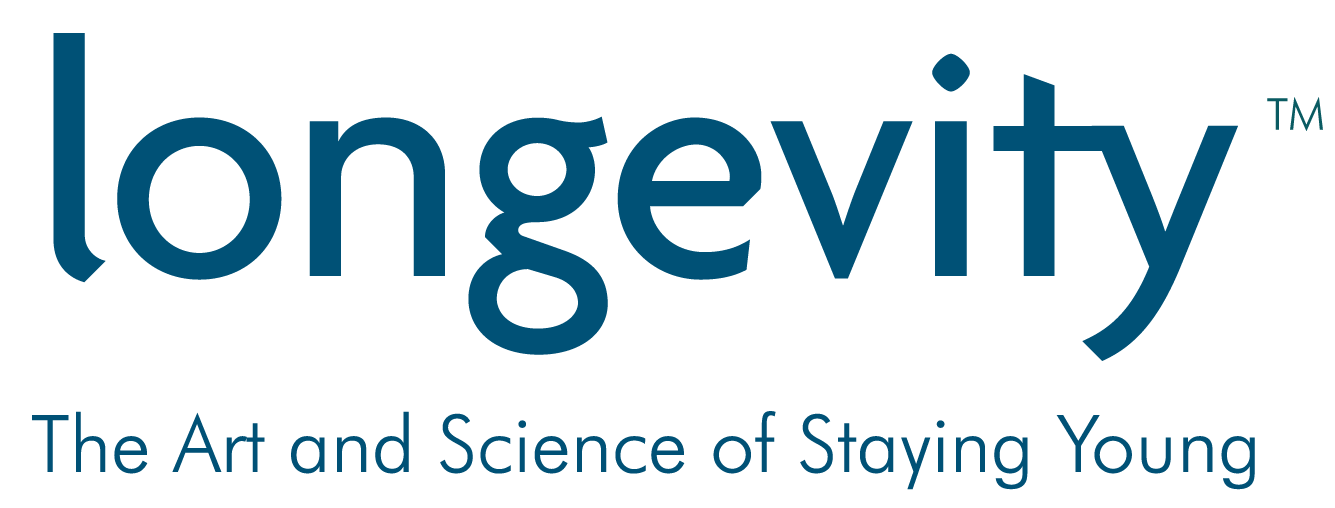You may have noticed the self-care trend growing and gaining momentum over the last few years. But what you may not realize is that this isn’t new. We are actually at the pinnacle of a centuries-long evolution of science and culture that has overhauled our approach to health. So, in tribute to World Health Day on 7 April 2018, let’s briefly explore the self-care trend.
Ancient history
Pharmacologist, medical historian and ethicist Chauncey D. Leake (1965) tells us that, in primitive times, people would anything to survive. If the substance had any strange physical effects, like nauseam sweating or excessive urination, people learned to avoid them – or to use them as medicine when ill. They also experimented with making poultices out of plants and minerals; finding applications that could soothe skin and other problems. In cultures all over the world, medicinal knowledge was accumulated, shared, and gradually systemized and produced by people who took an interest, says Leake (1965). The earliest of these records come from countries like India, China, and Egypt. In fact, the Ebers Papyrus, 1 110-page Egyptian medical scroll from about 1550 BC, even contains a treatment that we still use today, to treat something called Guinea-worm disease.
Leake (1965) says that since such a large chunk of medical knowledge was publicly available at the time, people generally took care of their own medical needs. But there were exceptions. With professional nurses and physicians emerging, serious ailments began to be reserved for them, and as a result, certain treatments became semi-secret.
Introducing science
According to the World Self-Medication Industry (WSMI) (2010), it was only in the 19th and 20th centuries that we began to see a shift from predominantly self-managed healthcare to the more passive health culture we see remnants of today. With increasing medical and scientific discoveries, advances in diagnostics, and the formalization of medical professions, doctors became revered and scientific discoveries, advances in diagnostics, and the formalizations of medical professions, doctors became revered as all-knowing experts and patients gladly took whatever was prescribed to them. WSMI (2010) describes this as a “paternalistic approach to medicine, supported by health systems designed to treat sickness rather than prevent disease.”
Returning to self-care
According to Slate culture writer and podcaster, Aisha Harris (2017), the women’s and civil rights movements in the 1950s and 60s were the first to turn self-care into a political act. She explains that “women and people of color viewed controlling their health as a corrective to the failures of a white, patriarchal medical system to properly tend to their needs…a claiming of autonomy over the body against institutional, technocratic, racist and sexist machine.” Click here to find out more about this.
WSMI (2010) explains that while the paternalistic approach may have worked for some populations in the past, it became expensive to treat our increasingly populated and changing world this way. Preventable illnesses like heart disease, some cancers, and Type 2 Diabetes also took over as the leading causes of death. This sparked a new era of health. In the 1970s and 80s, WSMI says that many health organizations were created (including WSMI itself), and more focus fell on the social and economic importance of self-care. To support responsible self-medication, countries, manufacturers and distributors around the world formed allegiances and previous prescription medicines like ibuprofen and hydrocortisone were made available over the counter. WSMI was also key to improving labelling policies “to provide all information necessary to enable an individual without medical training to use the medicine appropriately”.
Self-care today
Today, WSMI (2010) explains that the definitions of health and wellness have expanded and that the rights of individuals have become central to many health initiatives. As a result, millions of people around the world realize that looking after their bodies (instead of treating sickness) is the foundation of healthcare and the best way to manage lifelong wellbeing. The Internet has also made it easier to take care of individual health. Community fitness has evolved from the natural physical labor you would have done in ancient times, to aerobics classes and gyms in the 80s and 90s, and the parkruns, Zumba YouTube channels, and live-streamed boutique fitness classes you see today. Online medical sites and apps provide access to reliable medical information on the go. And with online ordering and free delivery through online pharmacies, you often don’t have to get into your car to buy the medicine or treatments you need. So, it seems that the wellness trends you’re seeing today are the result of centuries of evolution, economic necessity, and a lot of hard work by a lot of passionate front-runners.
While the healthcare industry still plays an important role in educating people and keeping them safe from harmful substances, we know now that healthcare is more than just treating illness. It’s about embracing your wellbeing, challenging your body, and using the resources available to you to make the most of your health while you can.








